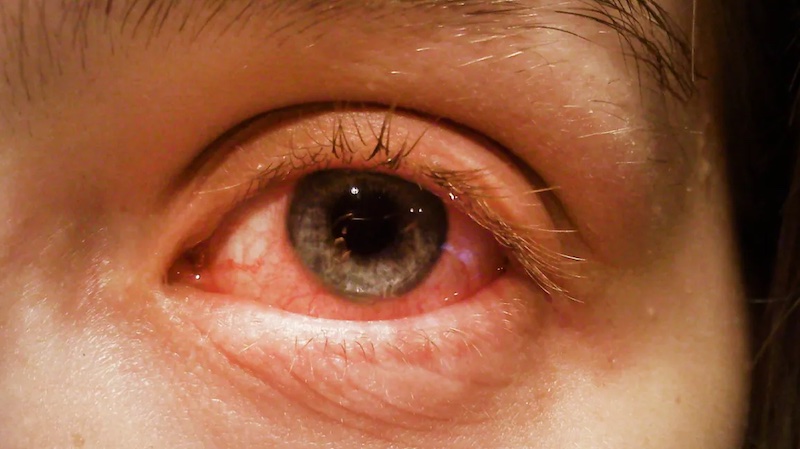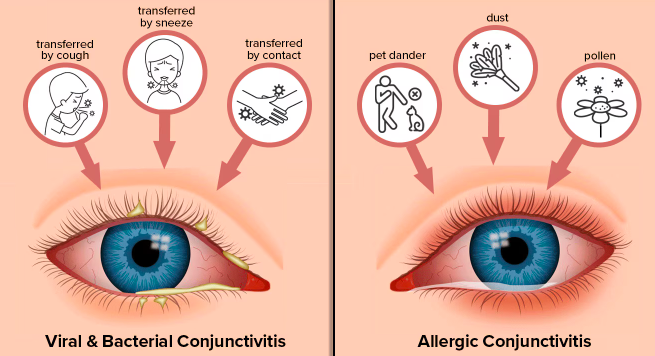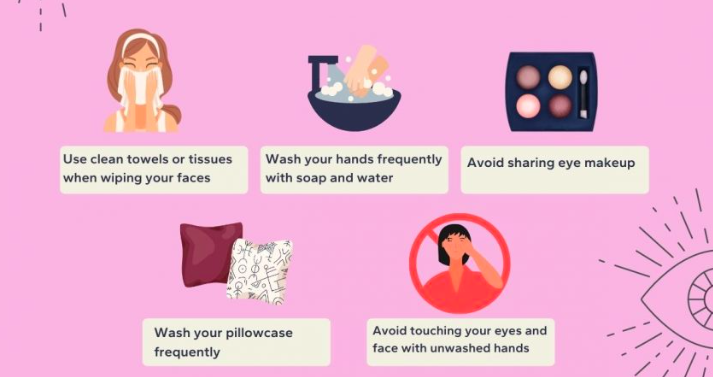


Date: 08 Jul 2025
Conjunctivitis, commonly known as pink eye, is the inflammation of the conjunctiva—the clear, thin tissue that covers the white part of your eye and lines the inside of your eyelids. Although typically mild, conjunctivitis can be very uncomfortable and, in some cases, highly contagious depending on its cause. It is one of the most common eye conditions, affecting people of all ages.
The condition is named "pink eye" due to the red or pink appearance of the eye resulting from inflamed blood vessels. This article will explore the types of conjunctivitis, their causes, how it spreads, diagnosis, home care, and over-the-counter (OTC) treatments, while also advising when medical help is necessary.

Conjunctivitis can arise from four major causes, each with its own set of symptoms and management strategies:
This is the most common type, especially among adults, and is usually caused by adenoviruses. It often accompanies cold or flu-like symptoms. Signs include:
Viral conjunctivitis is highly contagious, usually affects one eye first, and often spreads to the other. It’s self-limiting and typically resolves in 7–14 days without specific treatment.
Caused by bacteria such as Staphylococcus, Streptococcus, and Haemophilus species, this type:
It can resolve on its own, but antibiotic eye drops can help reduce the duration and spread, especially in severe cases.
Triggered by allergens like pollen, dust, pet dander, or mold, it often affects people with other allergic conditions such as hay fever or eczema. Symptoms include:
It’s not contagious, and management involves avoiding allergens and using antihistamine eye drops.
Exposure to smoke, chlorine, cleaning products, or foreign objects in the eye can lead to this form. Symptoms include redness, tearing, and irritation. It improves quickly once the irritant is removed.
Conjunctivitis caused by viruses and bacteria is highly contagious. Transmission occurs through:
Those in close-contact environments—like schools, daycares, and households—are at higher risk. In contrast, allergic and chemical forms are not contagious but may recur with continued exposure to triggers.
Diagnosis is typically clinical, involving:

For mild conjunctivitis, home care can ease symptoms and prevent spread:
Several helpful OTC products can relieve conjunctivitis symptoms. Available at Pharmily.co.ke:
A mild corticosteroid (fluorometholone 0.1%) used for severe allergic conjunctivitis. Reduces redness, inflammation, and itching. Use only as advised by a pharmacist or doctor.
An antibiotic drop effective for treating bacterial conjunctivitis. Helps clear discharge and shortens infection duration.
An overnight lubricating ointment that locks in moisture. Ideal for dry or crusty eyes, especially in viral or irritant cases.
Antihistamine eye drops that relieve itching and redness from allergic conjunctivitis.
Preservative-free artificial tears that relieve dryness and flushing allergens or irritants from the eyes.
No. Only viral and bacterial conjunctivitis are contagious. Allergic and chemical conjunctivitis are not and result from non-infectious triggers.
Avoid public settings if you have contagious conjunctivitis. Return 24–48 hours after starting antibiotics for bacterial cases. For viral cases, stay home until symptoms subside. Allergic cases are non-contagious and don't require isolation.
Yes. Most cases can be managed with:
Proper hygiene
Seek medical advice if symptoms persist or worsen.